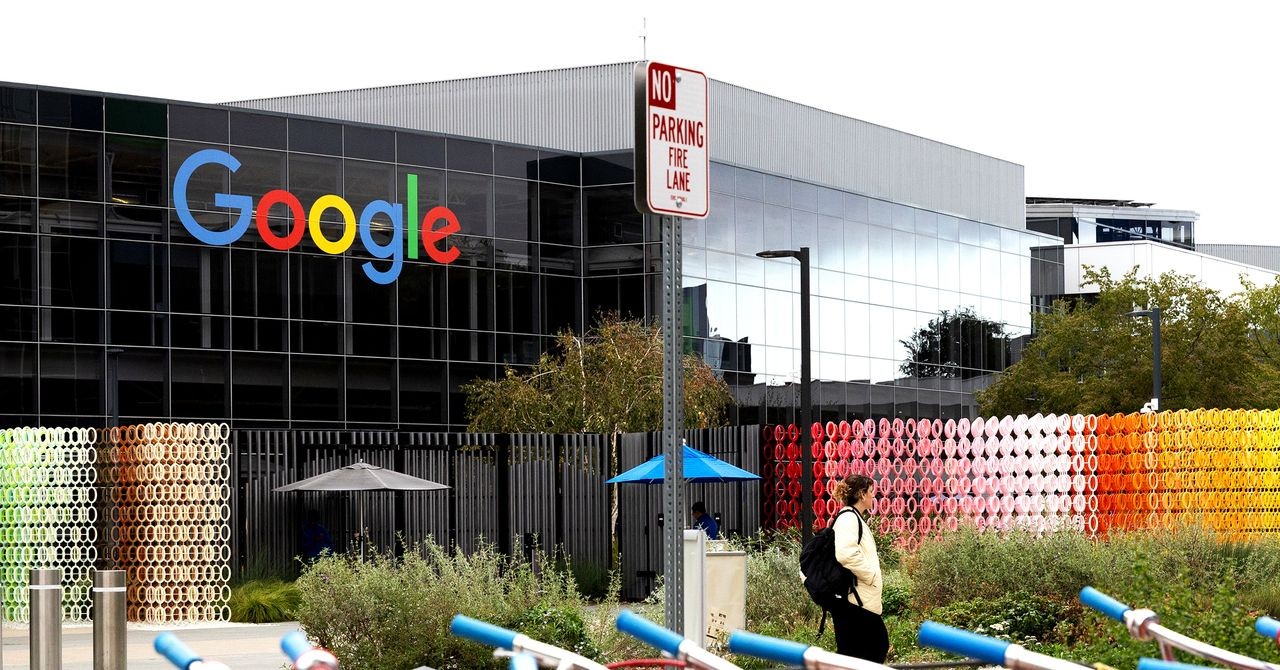The recent weeks have brought a flurry of activity and shifts in the artificial intelligence (AI) world, signaling both rapid progress and a growing need for thoughtful reflection. This overview highlights significant developments ranging from innovative tools and emerging startups to concerns about data transparency and the human element in AI.
Corporate Strategy and Data Transparency
Several major technology companies are recalibrating their approaches to AI. Notably, Google, Microsoft, and Meta have ceased publishing workforce diversity data. This shift is raising questions about transparency and accountability in the tech sector, particularly as AI’s influence continues to grow. The lack of publicly available diversity data could hinder efforts to ensure AI systems are developed and deployed equitably, addressing potential biases and promoting inclusivity.
Innovative Tools & Applications
Beyond these shifts in corporate reporting, the AI landscape is rich with exciting new tools and applications:
- Google Earth Leverages AI for Climate Research: Google Earth has integrated an AI chatbot, enabling users to ask questions and explore the planet’s changing climate patterns. This feature allows for easier identification of environmental changes, could be used for disaster prediction, and helps pinpoint communities at greatest risk. This demonstrates the potential for AI to facilitate climate research and support informed decision-making.
- OpenAI Secures Massive Deal with Amazon: OpenAI has committed to a $38 billion deal to purchase computing power from Amazon Web Services (AWS). This substantial investment underscores the escalating demand for specialized AI infrastructure and cements AWS’s position as a key provider in the AI ecosystem. Such partnerships demonstrate the increasing reliance on cloud computing for powering advanced AI models.
The Open Source Movement and Robotics
Innovation isn’t confined to large corporations. The open-source community continues to play a crucial role in AI advancement:
- Open Source Robotics Models Gain Traction: The success of open-source language models has inspired efforts to create similar models for physical robots. This open approach promises to accelerate innovation in robotics by allowing developers to share, adapt, and improve robotic brain models.
- Chinese Startup Blends AI and Human Labor: AgiBot, a Chinese startup, is combining AI-powered robots with human workers to automate manufacturing tasks. This hybrid approach reflects a pragmatic response to the challenges of deploying robots in physical labor settings, especially in countries with established manufacturing industries.
Navigating the Broader Implications of AI
Beyond specific technological developments, several broader themes are emerging:
- The Call for Measured Discussion: Amidst the intense focus on AI, some voices are advocating for more restraint in the conversation. The sentiment is that the constant hype around AI can overshadow practical considerations and the potential for unintended consequences.
- The Importance of Human Connection: As AI becomes more prevalent in communication, there’s a reminder of the value of genuine human interaction. The recommendation against simply copying and pasting chatbot responses to friends highlights the importance of thoughtful and personalized engagement.
- The “AI Startup” Landscape: Thousands of entrepreneurs are vying to build the economy around AI. Success requires a bold vision, willingness to experiment, and acceptance that failure is a real possibility.
Ultimately, the rapid evolution of AI demands a blend of technological innovation, responsible development practices, and critical reflection on its impact on society.
The current trends suggest that the AI landscape is rapidly evolving, bringing with it both immense opportunities and significant challenges. Navigating this evolving environment requires a balanced approach—embracing technological progress while prioritizing ethical considerations, responsible development, and the human element



















